4 Mistakes You’re Making when Creating Your Editorial Calendar
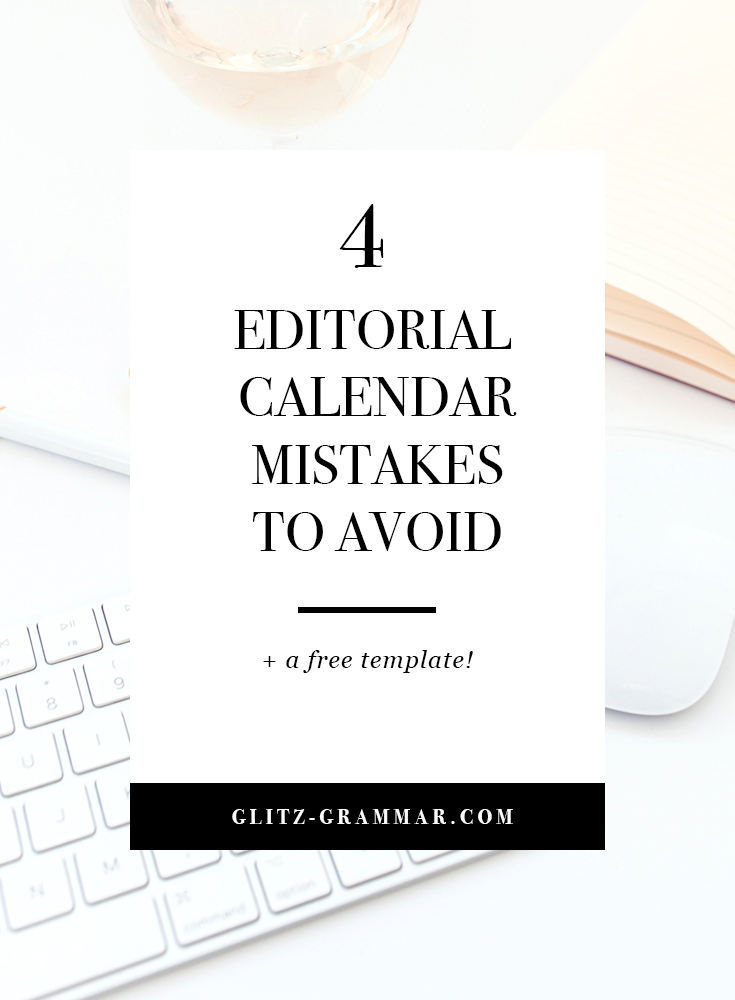
We’ve been talking a lot about the importance of an editorial calendar around here. After all, it’s the one thing that will keep you writing consistently and make sure you’re blogging strategically—not just for the sake of blogging!
But there are definitely a few do’s and don’ts when it comes to creating an editorial calendar that actually works. And in today’s post, I’m showing you what these mistakes are and how not to make them.
Not Checking What’s Working
I create editorial calendars for clients on a quarterly basis. Why quarterly and not annually? Well, things change! And adapting is 100% necessary.
Don’t make the mistake of having tunnel vision when it comes to your blog.
[Tweet “When creating your editorial calendar each quarter, make sure you check Google Analytics and Pinterest to see what’s working! “]
This is a great indicator of what’s really resonating with your audience, and that will help you create even more related content they may like.
RELATED: How to Create an Editorial Calendar + a FREE Template
How to Check Your Top Content in Google Analytics
If you’re not super familiar with Google Analytics, I’ll show you the quickest way to drill down what your top content is.
Click on Behavior > Site Content > All Pages to see your top posts.
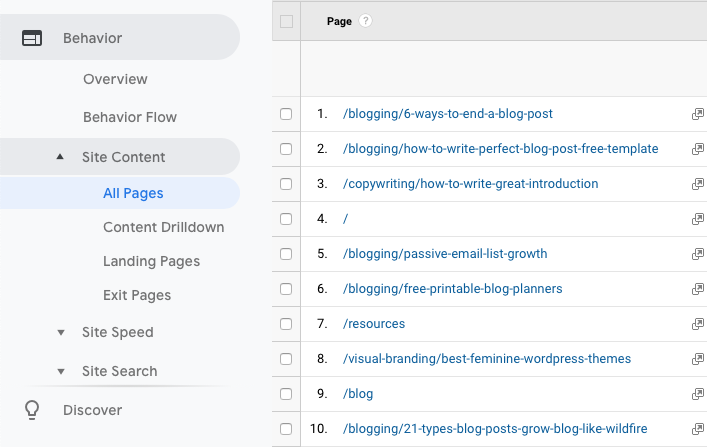
You can customize the range, too, by hovering over the calendar and seeing what’s most popular for the week, month, year or quarter.
Keep in mind that you may have posts that change in popularity based on the season, and that’s totally normal!
If you create a lot of seasonal content, see what worked best the previous year to get even more content ideas.
For example, when the holidays roll around and you’re brainstorming new holiday content ideas, pull up what was most popular the year before! This will help you see what’s resonating so you can create content that’s similar or builds upon what you’ve previously written.
Make it a habit of regularly checking your analytics as a first step in creating your editorial calendar for the next month (or quarter).
Not Expanding on Previous Posts
Speaking of related content, one mistake I often see when creating editorial calendars is not expanding on previous posts.
Interlinking posts together on your blog is fantastic for SEO, and it also shows you’re the pro on a subject.
So let’s say the post “7 Ways to Wear White Jeans” is a total hit! You know your audience is really interested in white jeans and how to wear them. Knowing that, you could also write a post on:
- How to Wear White Jeans for Date Night
- Where to Find the Best White Jeans
- 10 Cute White Jeans Under $100
When you’re creating related content, be sure and link it all back up to each other! I keep a spreadsheet for this that you can swipe here to help keep you organized.
RELATED: The Ultimate Blog Organization Toolkit
Not Tracking Your Posts in Some Sort of Vault
Even if you’re only blogging once a week, it can be easy for the number of blog posts to add up quickly!
Things can get messy. You may forget topics you’ve covered, what tags you’re using or related posts.
That spreadsheet I mentioned above pretty much serves as my editorial vault with these details that I can easily refer back to when writing new posts. Copy mine here.
Not Syncing up with Your Marketing Calendar
Sometimes we start blogging and get away from the reason behind it!
Content marketing is a great way to bring in a new audience and engage with your current one. But it is a form of marketing, and that’s something you should never forget.
When you’re creating your editorial calendar, keep your marketing calendar beside you and brainstorm posts that will help you meet your goals.
Create posts that supplement your offerings, upcoming launches or products to help support you.
If you have an upcoming webinar on a new paid course, for example, make sure your blog posts leading up to the webinar supplement your topic and tease your webinar!
Like this post? Pin me, please!
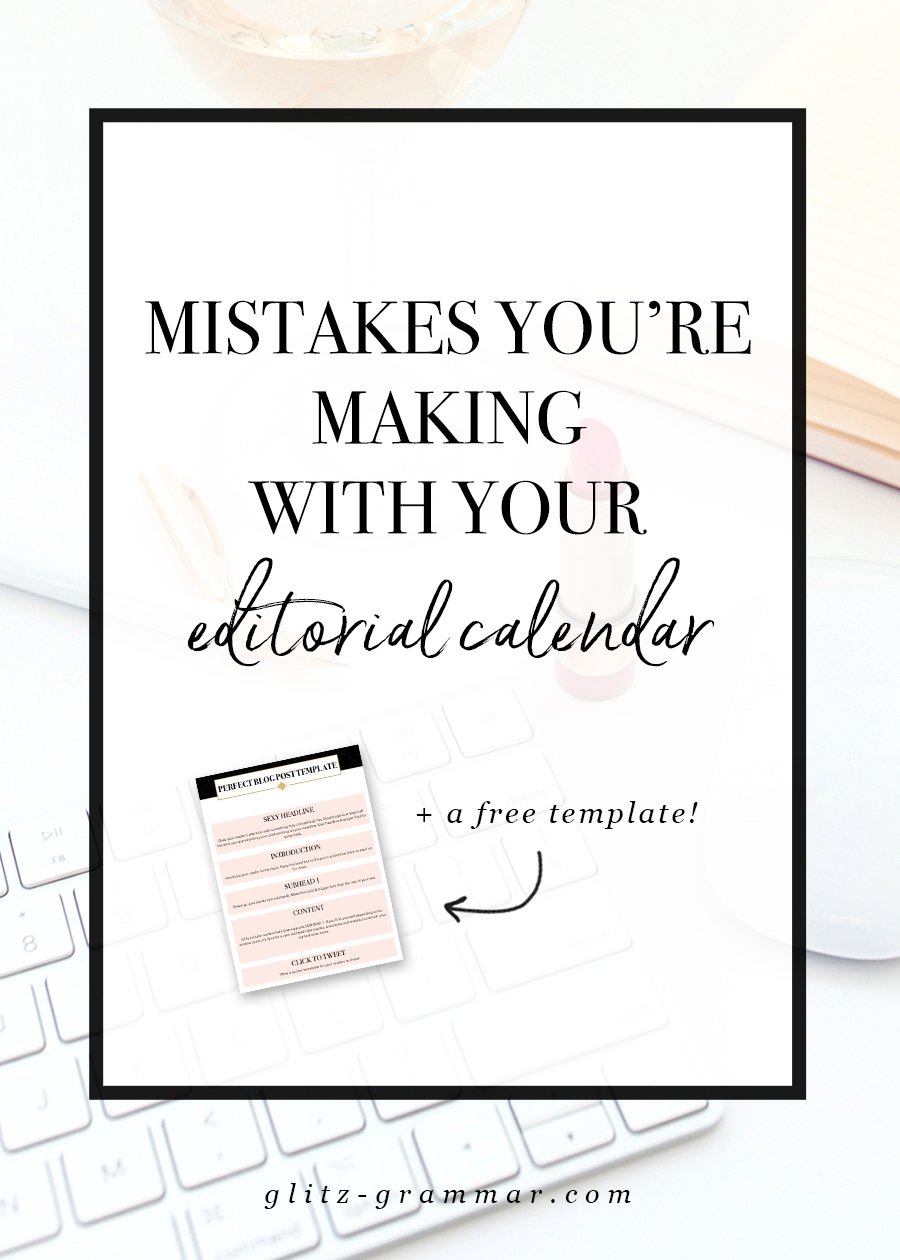
Bottom line: Creating an editorial calendar is a must, and shouldn’t be daunting. Just make sure you keep a vault of your posts, sync it up with your marketing calendar and get future post ideas by checking your analytics to see what’s working, and what’s not.



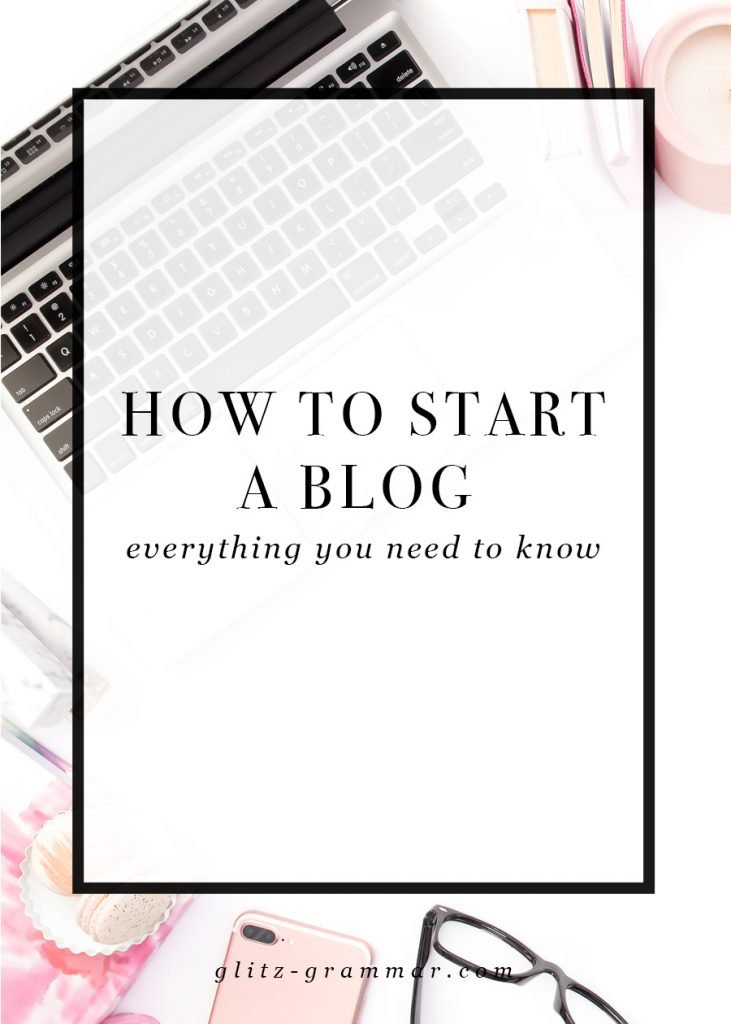


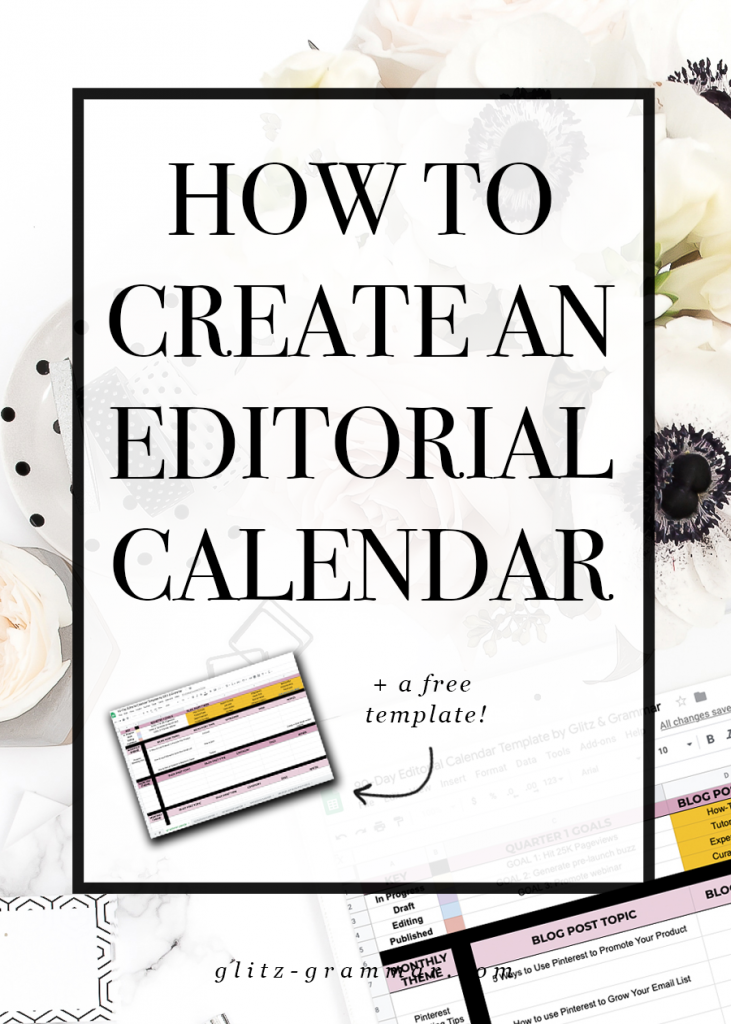
Great tips! Thank you!